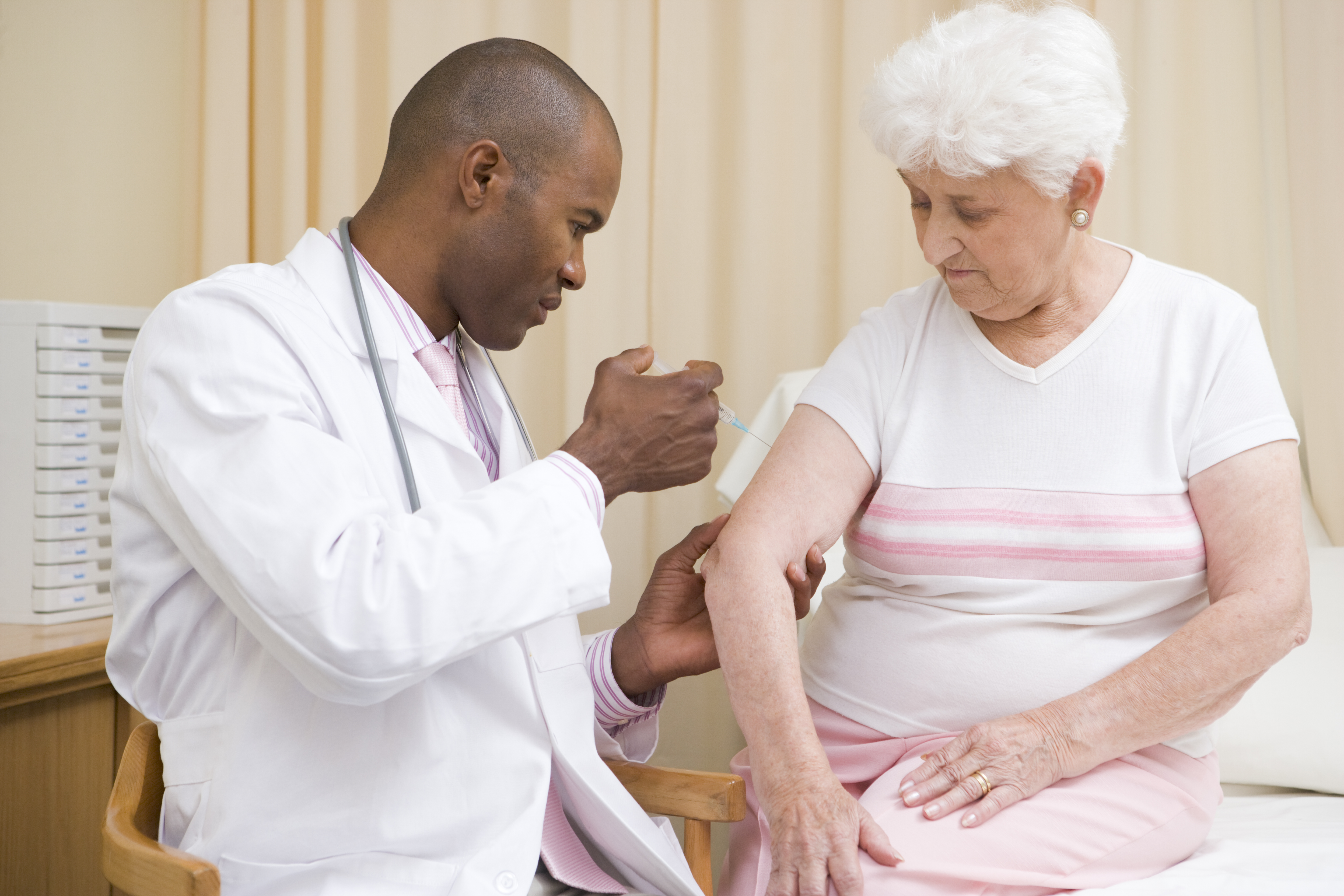|
 Preventing the Most Common HAI Preventing the Most Common HAI |
ABOUT
An estimated 1 to 3 million serious infections occur in SNF residents and as many as 380,000 die of their infections each year. Common HAI in SNF include urinary tract infection (UTI), pneumonia, and Clostridioides difficile infection (CDI).
Urinary tract infections (UTI)Urinary tract infections (UTI) are the most common type of HAI in SNF. Asymptomatic bacteriuria is also common in SNF residents but does not always cause a UTI: 35-50% of SNF residents have asymptomatic bacteriuria, and residents with urinary catheters have a 3-10% increased risk of bacteriuria each day.Prevention - Ensure adequate nutrition and hydration.
- Perform hand hygiene.
- Perform good personal hygiene,particularly perineal care.
- Assess for UTI symptoms.
- Ensure signs and symptoms are indicative of UTI. Key UTI symptoms include new or increased dysuria, frequency, incontinence, urgency, and costovertebral or suprapubic pain.
- Screening for asymptomatic bacteriuria is not beneficial and is not recommended.
- Use antibiotics only when appropriate.
- Prophylactic antibiotics are not recommended.
- Treating asymptomatic bacteriuria is not beneficial and is not recommened.
- Implement a program to ensure appropriate use of catheters.
- Consider alternatives to indwelling urinary catheters (for example, external catheters, intermittent catheterization).
When urinary catheters are needed: - Ensure only properly trained persons insert and maintain catheters.
- Train healthcare workers, family members, or the resident (if appropriate).
- Train healthcare workers upon hire and at least annually.
- Perform hand hygiene:
- Immediately before and after catheter insertion.
- Immediately before and after any catheter manipulation.
- Perform proper catheter insertion.
- Insert catheters only for appropriate indications.
- Use the smallest diameter catheter possible.
- Use aseptic technique and sterile equipment for insertion.
- Perform proper catheter maintenance.
- Leave catheters in place only for as long as needed.
- Use portable ultrasound devices to assess urinary retention and reduce unnecessary catheterizations.
- Irrigate only if the catheter is obstructed.
- Keep the collecting bag below the bladder.
- Maintain a closed drainage system and unobstructed urine flow.
For detailed guidelines, see the CDC Guideline for Prevention of Catheter-Associated Urinary Tract Infections 2009 (PDF) and the SHEA/APIC Infection Prevention and Control in the Long-Term Care Facility, 2008 (PDF). |
PneumoniaPneumonia is the second most common cause of infections in SNF. Pneumonia is an infection of the lungs that can result in mild to severe illness. Residents on ventilators are at higher risk for illness or death from pneumonia. Prevention - Vaccination
- Promote pneumococcal vaccination.
- Promote resident and healthcare worker influenza vaccination.
- Oral care: Perform regular/daily oral care.
- Mobilization: Encourage early mobilization of residents with physical/occupational therapy.
- Nutrition: Ensure adequate nutrition and hydration.
- Hand hygiene: Perform hand hygiene after contact with respiratory secretions.
- Facility water management: Implement an effective water management program to prevent Legionella.
Additional practices for residents on ventilators: - Reduce ventilation duration.
- Conduct “sedation vacations.”
- Assess readiness to wean from vent on a daily basis.
- Conduct spontaneous breathing trials.
- Reduce colonization of airway and digestive tract.
- Avoid acid suppressive therapy for residents not at high risk for stress ulcer or stress gastritis.
- Perform regular oral care with an antiseptic agent.
- Prevent aspiration of secretions.
- Elevate the head of the bed 30-45 degrees during tube feeding and for at least 1 hour after to decrease aspiration.
- Use cuffed endotracheal tubes with in-line or subglottic suctioning.
- Avoid gastric over-distention.
- Prevent exposure to contaminated equipment.
- Use sterile water to rinse reusable respiratory equipment.
- Remove condensate from ventilator circuits.
- Change ventilator circuit only when malfunctioning or visibly soiled.
- Store and disinfect respiratory equipment effectively.
- Use gloves for contact with respiratory secretions, contaminated objects, and suctioning and cleaning respiratory equipment.
|
Clostridioides difficile infections (CDI)Clostridioides difficile (C. diff) is a toxin-producing bacteria that causes diarrheal disease, most commonly in patients with recent healthcare exposure and antibiotic use. In 2012, there were 112,800 nursing home onset CDI cases nationally; 76% received antibiotics in the 12 weeks prior to C.difficile-positive specimen. Prevention - Antibiotic stewardship: Prescribe antibiotics only when needed. For residents who develop CDI while on antibiotics, discontinue inciting antibiotics if possible or prescribe lower-risk antibiotics.
- Hand hygiene: Perform hand hygiene before and after patient contact and after glove removal. Use soap and water when there is hand fecal contamination.
- Environmental cleaning and disinfection: Use Environmental Protection Agency (EPA) approved sporicidal agents and ensure quality cleaning and disinfection of reusable equipment and the environment.
- Ensure thorough daily and terminal cleaning of care area.
- Use disposable equipment when available.
- Use a sporicidal agent such as bleach for cleaning reusable equipment.
- Clean fecal spills promptly.
- Use a sporicidal agent such as bleach for terminal cleaning.
- Contact precautions: Immediately isolate residents with acute diarrhea. Implement Contact precautions for the duration of diarrhea plus 48 hours.
- Place residents in private rooms with a dedicated toilet.
- Don gloves and a gown when entering rooms.
- Remove gloves and perform hand hygiene prior to room exit.
For additional CDI prevention guidance, see the HAI Program CDI Prevention for Providers webpage. |
Additional Resource
California Department of Public Health Healthcare-Associated Infections Program, Basics of Infection Prevention
Slide sets describing CDI, UTI, and pneumonia prevention (PDF).